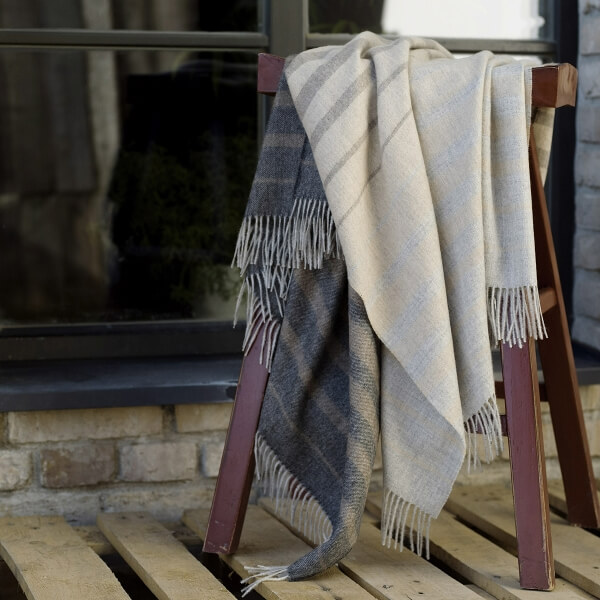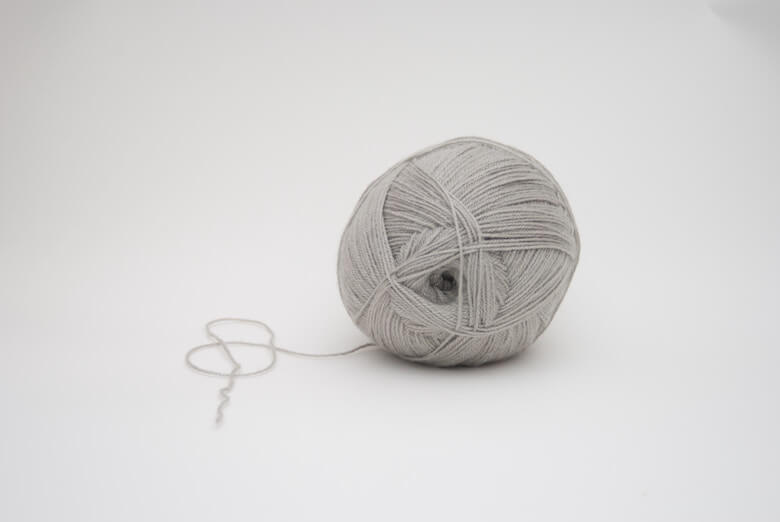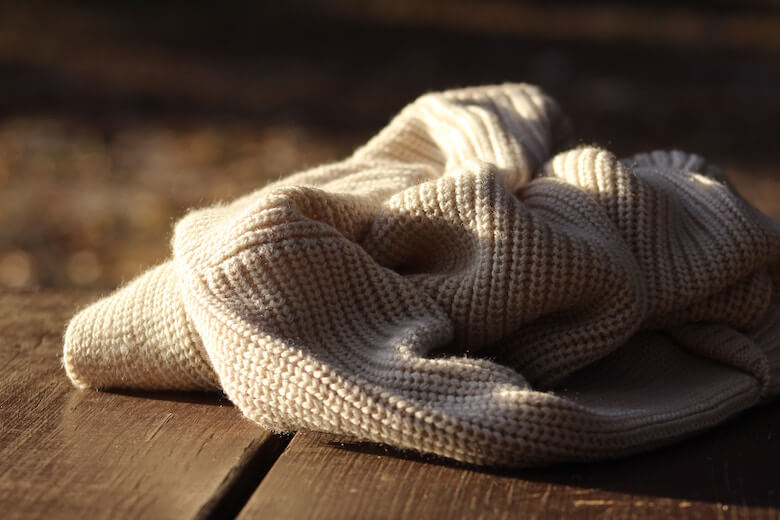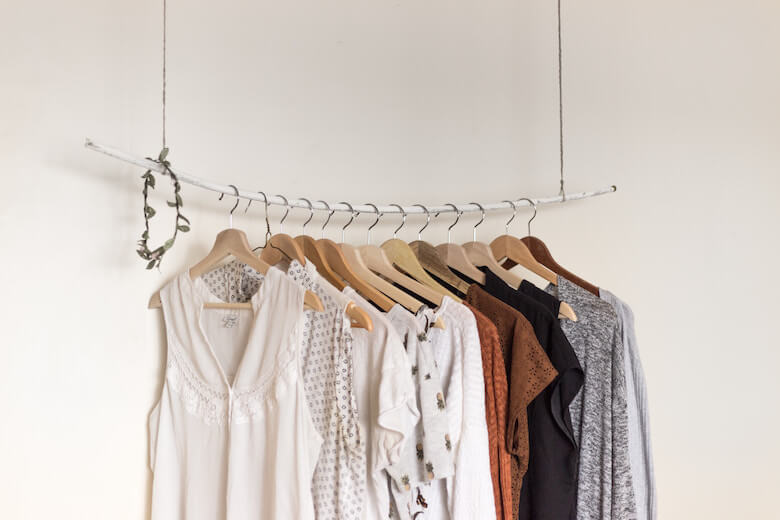As the festive season gets into full swing, the chances of a red wine spill increase. We’ve all seen it (or done it!) – the casual gesture that unexpectedly sloshes wine out of the glass; or the over-enthusiastic turn on the dance floor that ends up knocking someone’s drink over. Whether you’ve got friends round for mulled wine and mince pies, or you’re curling up in front of a Christmassy film with a glass of red and your favourite cozy wool throw, this is peak stain time. But fear not, we’ve got all you need to know about how to remove red wine from wool.
Thanks to its natural dirt and odour-repelling properties, wool is pretty easy to care for and doesn’t attract marks like other fabrics. But despite this, accidents can still happen. It’s best to wash your wool throws and blankets as infrequently as possible – you can refresh them by airing outdoors, brushing gently and if necessary washing. Always use a gentle cycle or wash by hand in cool water, and use an appropriate wool detergent. For spot cleaning stains you’ll need some extra tools in your cleaning kit, so read on to find out more.
This advice applies to wool blankets and throws, as well as wool carpets and rugs. It’s important to remember that you should always refer to the individual item’s care instructions, and spot test any stain removal method on an invisible area to check for color changes.

How to remove wine from a wool blanket or carpet
Method 1: Surgical spirit
- Blot the stain with a lint-free, absorbent cloth
- Combine 3 parts surgical spirit with 1 part water. Dab onto the stain as soon as possible after the spill has occurred
- Cover with an absorbent pad soaked with the mixture and leave to work. Replace as needed until the stain has disappeared
- Rinse with cool water and air dry
Method 2: Salt
- Blot the stain and sprinkle with salt to cover the whole marked area
- Once the salt has absorbed all the liquid, vacuum the area to remove residue. This should lift the stain
Method 3: Vinegar
- Combine 1 tbsp white vinegar with 1 tbsp washing up liquid and 2 cups of water
- Pour over stain
- Blot with liquid detergent
- Rinse area with cool water, or wash throw as per care label
Method 4: Baking soda
- Pour water or white wine over the stain and then blot up
- Mix baking soda with water to create a spreadable paste
- Cover the stain with a thick layer of paste, then place a clean tea towel over. Press with a book on top and leave overnight
- Scrape up the residue and vacuum the area
Wet Cleaning

If these solutions still don’t work and you need professional help to remove a wine stain from wool, try to find a local wet cleaner. Wet cleaning works without using the harsh, toxic chemicals used in dry cleaning. This means it’s far healthier for the person doing the cleaning, as well kinder to the planet and your wool garment.
The wet clean process starts with spot cleaning a stain. The garment is then washed in a specially designed machine, with the right environmentally-friendly detergent. Finally, it’s dried in a gentle dryer or line, steam shaped and hand finished.
For more on how to wash wool and how to care for your wool throws go here and here.
We hope you have a very happy, spill-free Christmas holiday and a wonderful New Year!






